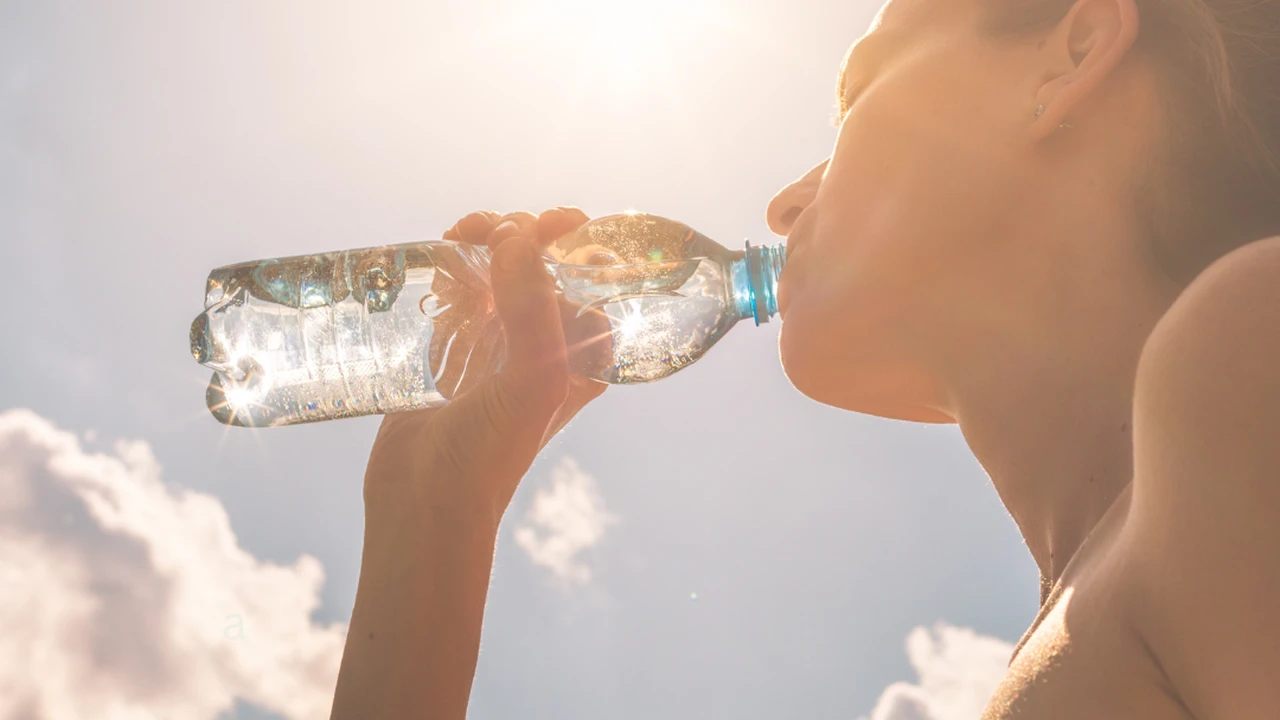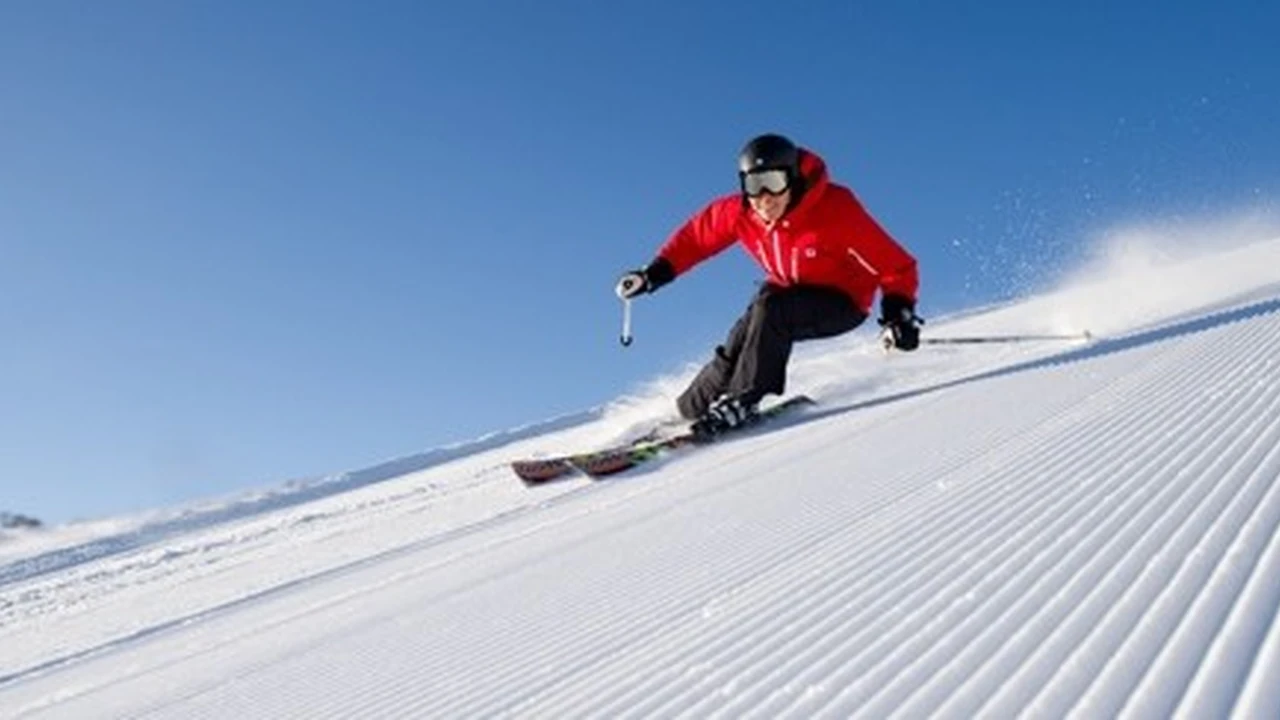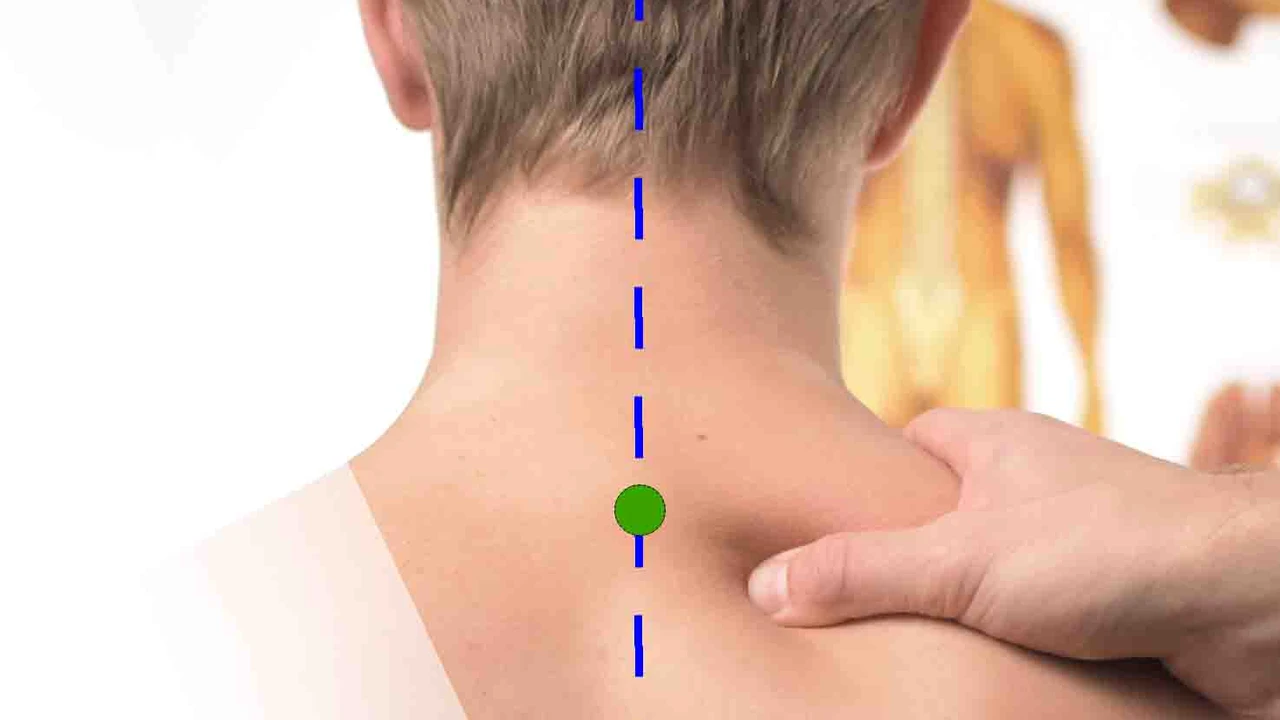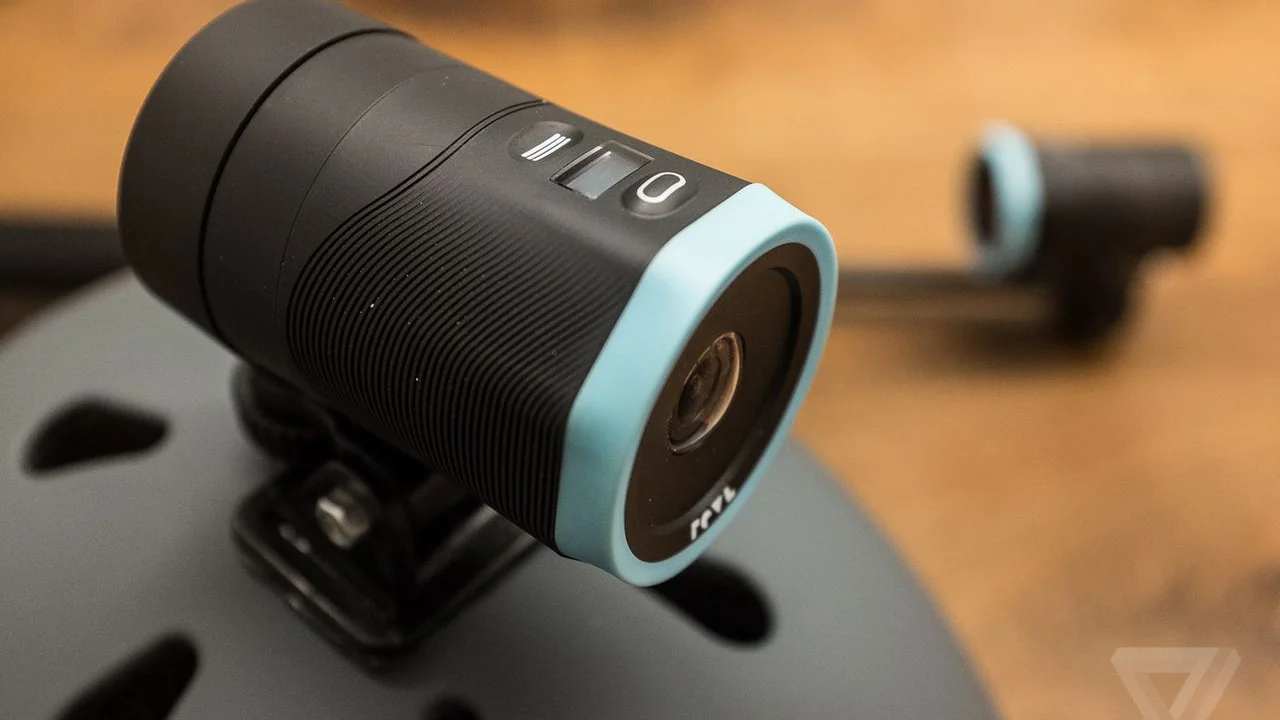
Staying Hydrated in Cold Weather Essential Tips for Winter Wellness
Learn why staying hydrated in cold weather is crucial. Tips for drinking enough water during winter activities.
Why Hydration Matters in Cold Weather Understanding the Dehydration Risk
When the temperatures drop, many of us tend to forget about staying hydrated. We associate thirst and dehydration with hot, sweaty summer days. However, the reality is that cold weather can be just as, if not more, dehydrating than warm weather. This might sound counterintuitive, but there are several physiological reasons why your body loses fluids more rapidly in the cold, making proper hydration absolutely crucial for your health and performance during winter activities.
First, let's talk about respiratory fluid loss. In cold, dry air, every breath you take results in a significant loss of moisture. When you inhale cold, dry air, your body warms and humidifies it to body temperature and 100% humidity before it reaches your lungs. When you exhale, this warm, humid air leaves your body, taking a substantial amount of water vapor with it. This process is much more pronounced in cold, dry conditions compared to warm, humid ones. Think about seeing your breath on a frosty morning – that visible vapor is water leaving your body. During strenuous winter activities like skiing, snowboarding, or hiking, your breathing rate increases dramatically, leading to even greater respiratory fluid loss. This constant, often unnoticed, loss can quickly lead to dehydration.
Second, the cold itself can suppress your thirst sensation. Our bodies are incredibly complex, and in cold environments, the physiological signals that typically trigger thirst can be dulled. This is partly due to vasoconstriction, where blood vessels constrict to conserve heat, which can alter blood flow to the brain and affect thirst perception. You simply might not feel as thirsty as you would on a hot day, even if your body is losing fluids at a rapid rate. This makes it easy to underestimate your fluid needs and inadvertently become dehydrated.
Third, wearing multiple layers of clothing, while essential for warmth, can also contribute to fluid loss. While these layers keep you warm, they can also trap sweat close to your body. Even if you don't feel like you're sweating profusely, insensible perspiration (sweat that evaporates before you notice it) is still occurring. When you're active, even in cold weather, your body generates heat, and sweating is its primary mechanism for cooling down. If this sweat isn't replaced, it contributes to dehydration.
Finally, the increased metabolic rate required to keep your body warm in cold environments also plays a role. Your body works harder to maintain its core temperature, which can increase fluid turnover. All these factors combined mean that you need to be even more vigilant about your hydration strategy in winter than you might be in summer.
Optimal Hydration Strategies for Winter Activities Staying Ahead of Thirst
Now that we understand why hydration is so important in cold weather, let's dive into practical strategies to ensure you stay adequately hydrated during your winter adventures. It's not just about drinking water; it's about smart fluid intake.
Pre Hydration and Consistent Intake Preparing Your Body
Don't wait until you're thirsty to start drinking. Begin hydrating well before your activity. Drink a good amount of water or an electrolyte-rich beverage in the hours leading up to your outdoor excursion. During your activity, aim for consistent, small sips rather than large gulps. This allows your body to absorb fluids more efficiently. For example, if you're skiing, take a few sips every time you get on the lift. If you're hiking, set a timer to remind yourself to drink every 15-20 minutes.
Choosing the Right Fluids Water Electrolytes and Warm Beverages
While plain water is always good, consider incorporating electrolyte-rich beverages, especially if your activity is strenuous or prolonged. Electrolytes like sodium, potassium, and magnesium are lost through sweat and respiration, and replenishing them helps your body maintain fluid balance and proper muscle function. Sports drinks are an option, but be mindful of their sugar content. Many people prefer electrolyte tablets or powders that can be added to water, offering a customizable and often lower-sugar alternative.
Warm beverages can also be incredibly beneficial. Hot tea, warm water with lemon, or even a light broth can help warm you from the inside out while contributing to your fluid intake. The warmth can also make it more appealing to drink in cold conditions. Avoid excessive caffeine and alcohol, as both are diuretics and can contribute to dehydration.
Monitoring Your Hydration Status Urine Color and Other Indicators
The easiest way to monitor your hydration status is by checking your urine color. Aim for a pale yellow color, similar to lemonade. If your urine is dark yellow or amber, you're likely dehydrated and need to increase your fluid intake. Other signs of dehydration include dry mouth, fatigue, headache, and decreased performance. Pay attention to these signals from your body.
Essential Hydration Gear for Winter Adventures Products and Comparisons
Having the right gear can make a huge difference in your ability to stay hydrated in cold weather. Cold temperatures can freeze water bottles and hydration pack tubes, making fluid access difficult or impossible. Here are some top products and considerations:
Insulated Water Bottles Keeping Liquids from Freezing
Standard plastic or single-wall metal bottles are prone to freezing in cold temperatures. Insulated bottles are a game-changer. They use vacuum insulation to keep liquids from freezing for hours, even in sub-zero conditions. They also work in reverse, keeping drinks cold in summer.
-
Hydro Flask Wide Mouth with Flex Cap (32 oz)
- Price: Around $49.95 USD
- Features: Double-wall vacuum insulation, TempShield™ technology keeps liquids cold for 24 hours and hot for 12 hours. Durable 18/8 pro-grade stainless steel. Wide mouth for easy cleaning and adding ice.
- Use Case: Excellent for day trips, skiing, snowboarding, or general outdoor use. Can hold hot tea or coffee for warmth.
- Pros: Very durable, excellent insulation, wide range of colors and sizes, good grip.
- Cons: Can be bulky, heavier than plastic bottles.
-
YETI Rambler Bottle with Chug Cap (26 oz)
- Price: Around $40.00 USD
- Features: Over-engineered with double-wall vacuum insulation. Dishwasher safe. No Sweat™ Design prevents condensation. Chug Cap allows for quick sips without removing the entire lid.
- Use Case: Ideal for active individuals who need quick access to water without spills. Great for hiking, snowshoeing, or even just daily use.
- Pros: Extremely robust, excellent insulation, convenient chug cap, easy to clean.
- Cons: Slightly heavier, premium price point.
-
Klean Kanteen Insulated Classic (20 oz)
- Price: Around $34.95 USD
- Features: Climate Lock™ double-wall vacuum insulation keeps contents hot for 20 hours and iced for 50 hours. Made from 18/8 food-grade stainless steel. Various cap options available.
- Use Case: A versatile option for everyday use and light outdoor activities. Good for those who prefer a more classic bottle shape.
- Pros: Good insulation, durable, multiple cap options for different needs, environmentally friendly.
- Cons: Smaller capacity might not be enough for longer excursions.
Insulated Hydration Packs and Reservoirs Hands-Free Hydration
Hydration packs are fantastic for hands-free drinking, especially during activities like skiing or snowboarding where stopping to grab a bottle is inconvenient. However, the tubes are highly susceptible to freezing. Look for packs with insulated tubes and bite valves.
-
CamelBak Winter Hydration Pack (e.g., SnoBlast 22)
- Price: Around $120.00 - $150.00 USD (for a full pack)
- Features: Designed specifically for winter use. Features an insulated reservoir sleeve and an insulated tube with a bite valve cover to prevent freezing. Often includes features like ski/snowboard carry straps.
- Use Case: Perfect for skiing, snowboarding, snowshoeing, and winter hiking where you need to carry gear and stay hydrated.
- Pros: Integrated insulation, hands-free, good capacity, often comes with additional storage for layers and snacks.
- Cons: Can be more expensive, requires cleaning after each use.
-
Osprey Hydraulics LT Reservoir with Insulated Tube Kit (2.5L)
- Price: Around $40.00 - $50.00 USD (for reservoir and kit)
- Features: Lightweight and easy to fill reservoir. The insulated tube kit includes a thermal sleeve for the tube and a bite valve cover.
- Use Case: Great for upgrading an existing backpack to a winter-ready hydration system. Suitable for various winter sports.
- Pros: Versatile, easy to clean, good flow rate, can be used with many different packs.
- Cons: Requires a compatible backpack, insulation is only for the tube, not the entire reservoir unless the pack itself is insulated.
-
Platypus Big Zip EVO Reservoir with Insulated Drink Tube Kit (3.0L)
- Price: Around $45.00 - $55.00 USD (for reservoir and kit)
- Features: Wide-mouth opening for easy filling and cleaning. Slide-lock closure for secure seal. Insulated tube kit available separately or bundled.
- Use Case: Excellent for longer winter excursions where maximum hydration capacity is needed.
- Pros: Large capacity, very durable, easy to clean, good flow, taste-free.
- Cons: Can be bulky when full, insulation is an add-on.
Portable Water Filters and Purifiers Ensuring Safe Water Sources
If you're venturing into the backcountry for extended periods, carrying all your water might not be feasible. Portable water filters or purifiers allow you to safely drink from natural water sources, reducing the weight you need to carry.
-
Sawyer Squeeze Water Filter System
- Price: Around $35.00 USD
- Features: Lightweight, compact, and highly effective. Filters out bacteria and protozoa. Can be used inline with a hydration pack, with a squeeze pouch, or as a straw.
- Use Case: Backpacking, winter camping, emergency preparedness. Ideal for filtering water from streams or melted snow.
- Pros: Very high flow rate, long lifespan, versatile, affordable.
- Cons: Does not filter viruses (though less common in backcountry water), can freeze and damage the filter if not properly cared for in cold weather.
-
Katadyn BeFree Water Filter (0.6L)
- Price: Around $45.00 USD
- Features: Ultra-light and compact. Filters bacteria, cysts, and sediment. Soft flask design makes it easy to pack.
- Use Case: Fast and light adventures, trail running, day hikes where you might encounter water sources.
- Pros: Extremely lightweight, very fast flow rate, easy to clean.
- Cons: Smaller capacity, filter can be damaged by freezing, not as durable as some other options.
-
MSR Guardian Purifier Pump
- Price: Around $350.00 USD
- Features: Military-grade purifier that removes viruses, bacteria, protozoa, and particulates. Self-cleaning.
- Use Case: Expedition-level trips, international travel, or situations where water quality is highly questionable.
- Pros: Filters viruses, extremely robust and reliable, high flow rate.
- Cons: Very expensive, heavier and bulkier than other options.
Practical Tips for Staying Hydrated in Winter Beyond the Gear
Beyond choosing the right gear, adopting smart habits is key to maintaining optimal hydration in cold weather. Here are some practical tips to integrate into your winter routine:
Start Hydrated and Stay Consistent The Power of Proactive Drinking
As mentioned, pre-hydrating is vital. Drink a glass of water as soon as you wake up. Continue to sip water throughout the day, even when you're indoors. Don't rely on thirst as your sole indicator, especially in cold weather. Set reminders on your phone if you need to.
Warm Beverages Are Your Friends Comfort and Hydration Combined
Embrace warm drinks. Herbal teas, decaffeinated coffee (in moderation), hot chocolate, or even warm water with a slice of lemon can be comforting and contribute to your fluid intake. Carrying a small thermos with a warm beverage can be a real morale booster on a cold day.
Eat Your Water Hydrating Foods for Winter Wellness
Many fruits and vegetables have high water content and can contribute significantly to your daily fluid intake. Think about incorporating more soups, stews, and broths into your diet. Fruits like oranges, grapefruits, and berries, and vegetables like cucumbers and celery, are excellent hydrating options. Even in winter, a crisp apple or a juicy pear can help.
Avoid Dehydrating Beverages Limiting Alcohol and Excessive Caffeine
While a warm alcoholic drink might seem appealing after a day on the slopes, remember that alcohol is a diuretic and can lead to dehydration. Similarly, excessive caffeine intake can have a diuretic effect. Enjoy these in moderation, and always balance them with plenty of water.
Protect Your Water Sources Preventing Freezing in the Field
If you're using a hydration pack, blow air back into the tube after each sip to clear water from the bite valve and tube, preventing it from freezing. Keep your water bottle or hydration reservoir inside your jacket or backpack, close to your body, to benefit from your body heat. You can also store bottles upside down, as water freezes from the top down, keeping the opening clear for longer.
Listen to Your Body Recognizing the Signs of Dehydration
Pay attention to early signs of dehydration: dry mouth, fatigue, headache, dizziness, or decreased urine output. If you notice these symptoms, stop your activity, find shelter, and rehydrate slowly and consistently. Don't push through severe dehydration, as it can lead to more serious health issues.
Common Misconceptions About Winter Hydration Debunking Myths
There are several common myths about hydration in cold weather that can lead people astray. Let's clear them up:
Myth 1 You Don't Sweat in Cold Weather
Reality: This is perhaps the biggest misconception. While you might not see visible sweat as much as in summer, your body is constantly losing water through insensible perspiration and, more significantly, through respiration. When you're active, your body still produces heat and sweats to regulate temperature, even if the sweat evaporates quickly in the dry, cold air. You absolutely do sweat in cold weather, and you need to replace those fluids.
Myth 2 Cold Water is Better for Hydration
Reality: While cold water is absorbed quickly by the body, in cold weather, drinking very cold water can actually cause your body to expend more energy to warm it up, potentially making you feel colder. Warm or room-temperature water is often more comfortable to drink in cold conditions and can be just as effective for hydration. The key is consistent intake, not water temperature.
Myth 3 Alcohol Warms You Up
Reality: This is a dangerous myth. While alcohol might give you a temporary sensation of warmth due to vasodilation (widening of blood vessels near the skin's surface), it actually causes your core body temperature to drop. This makes you more susceptible to hypothermia. Alcohol also impairs judgment, which is dangerous in cold, outdoor environments. It's best to avoid or limit alcohol consumption during or immediately after winter activities.
Myth 4 Thirst is a Reliable Indicator in Cold
Reality: As discussed earlier, your thirst mechanism can be dulled in cold environments. By the time you feel thirsty, you may already be significantly dehydrated. This is why proactive and consistent fluid intake is so important in winter. Don't wait for thirst; drink regularly.
The Impact of Dehydration on Winter Performance and Safety Avoiding Risks
Dehydration in cold weather isn't just about feeling a bit parched; it can significantly impair your performance, compromise your safety, and even lead to serious health issues. Understanding these impacts can further motivate you to prioritize hydration.
Decreased Physical Performance Energy and Endurance
Even mild dehydration can lead to a noticeable drop in physical performance. Your muscles rely on proper hydration to function efficiently. When you're dehydrated, you'll experience increased fatigue, reduced endurance, and a decrease in strength and power. This means you'll tire out faster on the slopes, struggle more on a winter hike, and your overall enjoyment of the activity will diminish. Your reaction time can also slow, which is particularly dangerous in sports requiring quick reflexes like skiing or snowboarding.
Impaired Cognitive Function Focus and Decision Making
Your brain is highly sensitive to hydration levels. Dehydration can lead to headaches, dizziness, irritability, and difficulty concentrating. In a winter environment, where conditions can change rapidly and good judgment is crucial for safety, impaired cognitive function can have severe consequences. Making poor decisions on a challenging trail or misjudging a slope can lead to accidents and injuries.
Increased Risk of Cold-Related Illnesses Hypothermia and Frostbite
This is one of the most critical reasons to stay hydrated in cold weather. Proper hydration helps your body regulate its temperature more effectively. When you're dehydrated, your blood volume decreases, making it harder for your circulatory system to distribute heat efficiently throughout your body. This increases your susceptibility to cold-related illnesses like hypothermia (dangerously low core body temperature) and frostbite (freezing of body tissues). Staying hydrated helps your body maintain its internal furnace, keeping you warmer and safer.
Muscle Cramps and Injuries Preventing Unwanted Pain
Dehydration can disrupt electrolyte balance, which is essential for proper muscle function. This imbalance can lead to muscle cramps, strains, and other injuries. When your muscles are not adequately hydrated, they become less pliable and more prone to damage, especially during strenuous activities in cold conditions.
Compromised Immune System Staying Healthy in Winter
Your immune system relies on adequate hydration to function optimally. Dehydration can weaken your body's defenses, making you more vulnerable to common winter illnesses like colds and flu. Staying well-hydrated helps your body fight off infections and recover more quickly if you do get sick.
In conclusion, staying hydrated in cold weather is not just a recommendation; it's a fundamental aspect of winter health, safety, and performance. By understanding the unique challenges of cold-weather hydration, adopting smart drinking habits, and utilizing appropriate gear, you can ensure your winter adventures are as enjoyable and safe as possible. Make hydration a priority, and your body will thank you for it.
:max_bytes(150000):strip_icc()/277019-baked-pork-chops-with-cream-of-mushroom-soup-DDMFS-beauty-4x3-BG-7505-5762b731cf30447d9cbbbbbf387beafa.jpg)





